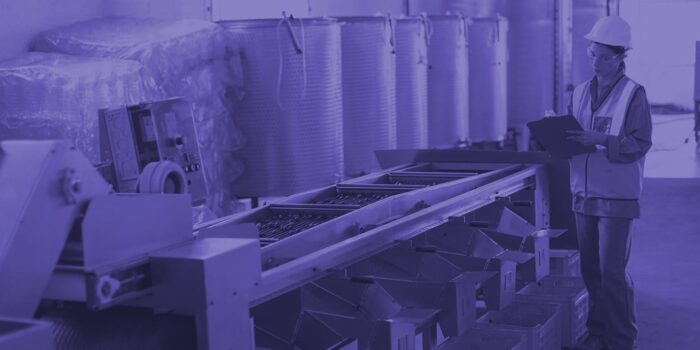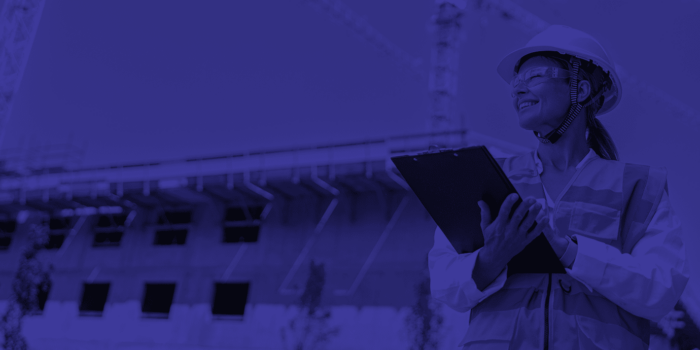Organizational transformation requires leveraging the unique strengths of both internal continuous improvement teams and external consultants. While each brings distinct perspectives and capabilities to the table, tensions can sometimes arise due to overlapping roles or misunderstandings. However, by appreciating the value of both and fostering collaboration, organizations can navigate these challenges and unlock unparalleled opportunities for change.
The Case for Internal Continuous Improvement Teams
Internal continuous improvement teams hold a critical role in driving change within organizations. Their deep familiarity with the company’s culture, people, and processes allows them to:
Diagnose Problems Accurately: Their localized knowledge enables swift identification of inefficiencies and areas for improvement.
Implement Tailored Solutions: Internal teams can design and execute strategies that align closely with organizational nuances.
Foster Long-Term Commitment: As permanent members of the organization, they are invested in sustainable, long-term success.
However, internal teams may face challenges, including:
Internal Politics: Organizational dynamics can impede their ability to act decisively.
Stagnation: Familiarity with the status quo may hinder their ability to think outside the box or adopt innovative approaches.
The Role of External Consultants
External consultants bring an indispensable outside perspective to organizational transformation. Their primary advantages include:
Objectivity: Free from internal biases, they can assess situations with a fresh, impartial lens.
Expertise: With experience across industries, they bring proven strategies and best practices.
Authority: Often backed by executive mandates, they can bypass resistance and drive swift action.
Despite these strengths, external consultants can face resistance due to fears of encroachment on internal roles or skepticism about their understanding of the company’s unique needs.
Bridging the Gap: Collaboration is Key
Collaboration between internal and external consultants creates a synergy that enhances problem-solving and accelerates results. Here’s how to foster effective collaboration:
Define Roles Clearly: Establish boundaries to prevent overlap and promote mutual respect.
Encourage Knowledge Sharing: External consultants can introduce new frameworks, while internal teams provide context and insights.
Align Goals: Ensure that both groups are working towards shared objectives that benefit the organization as a whole.
Promote Open Communication: Regular discussions can help preempt misunderstandings and foster a spirit of cooperation.
Overcoming Resistance and Fear
Resistance often stems from concerns about job security or fears of being overshadowed. To address these fears:
Reframe the Narrative: Emphasize the complementary nature of the roles rather than competition.
Focus on Collective Strengths: Highlight how each group’s expertise contributes to the bigger picture.
Foster Inclusion: Involve internal teams in decision-making processes to reinforce their value.
The Speed Factor
Combining internal and external expertise can dramatically enhance the speed of implementation. Internal teams:
Navigate the Organization Quickly: Their knowledge of internal processes can streamline execution.
External consultants:
Bring Structured Frameworks: Their proven methodologies expedite decision-making and action plans.
Together, they can adapt rapidly to challenges and capitalize on opportunities, ensuring efficient and effective transformation.
Continuous Improvement vs. Discontinuous Improvement
Internal teams often excel at driving continuous, incremental improvements, while external consultants focus on achieving dramatic “big wins.” Both approaches are valuable, and a balanced strategy that alternates between the two can be highly effective. For example:
Start with Step Changes: External consultants can help launch transformative initiatives.
Sustain Momentum with Incremental Gains: Internal teams can build on these changes to drive ongoing improvements.
Versatility in Approaches
Organizational transformation requires agility and adaptability. Collaboration enables a seamless shift between priorities, such as:
Cost-Cutting to Growth Initiatives: External consultants may spearhead efficiency drives, while internal teams focus on sustaining productivity enhancements.
Short-Term Wins to Long-Term Sustainability: The partnership ensures that gains are not only achieved but also maintained.
At ArMur Consulting, we advocate for the powerful combination of internal and external consultants as a cornerstone of successful organizational transformation. By recognizing the strengths and addressing the limitations of each, organizations can foster a collaborative environment that drives innovation, accelerates change, and ensures sustainable growth.
Understanding the dynamics between internal and external teams is more than a management strategy; it’s a pathway to unlocking an organization’s full potential. Together, these forces create a synergy that turns challenges into opportunities and visions into realities.




